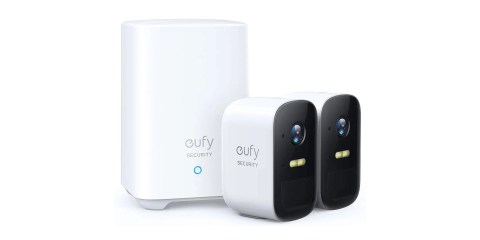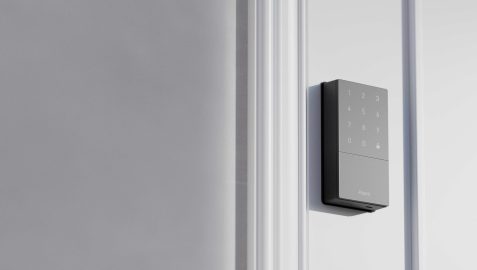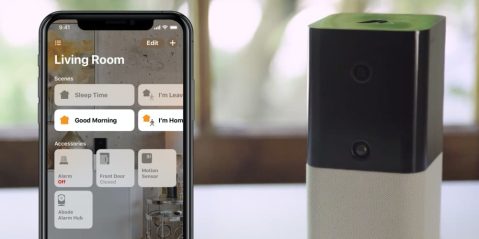
As an IT Director, I am always on the lookout for ways to allow our students to use technology in new and interesting ways. We teach some basic coding skills (I love it for the problem-solving aspect as much as anything), we have an active STEM lab, and we’re always looking to expose our students to different ways of learning. Last fall, I was sent a review unit of the Makeblock Neuron Explorer Kit that is only available at the Apple Store.
About Making The Grade: Every Saturday, Bradley Chambers publishes a new article about Apple in education. He has been managing Apple devices in an education environment since 2009. Through his experience deploying and managing 100s of Macs and 100s of iPads, Bradley will highlight ways in which Apple’s products work at scale, stories from the trenches of IT management, and ways Apple could improve its products for students.
If you visit the Apple Store product page, you’ll see this description:
Makeblock Neuron Explorer Kit gives kids the power to create almost anything using a series of programmable electronic blocks that function as sensors, lights, sounds, and motors. Designed to make learning Swift coding fun and engaging, the kit encourages exploration through building, programming, and creating.
The Neuron app’s flow-based programming interface helps kids develop basic logical thinking as they learn to code. Download the Swift Playgrounds app on iPad and subscribe to “Neuron” to unlock more than 30 lessons and activities to build, create, and code. You can also download mBlock 5 desktop software on your Mac or PC to explore even more advanced programming languages.
One of the aspects of technology I’ve grown to appreciate is how it meshes with the real world. I love everything digital, but I recognize that cognitive development skills require kids to touch, feel, and handle physical objects. My go-to example of explaining how magnets work will always be best served by actually using magnets. This is where the Makeblock Neuron kit really comes in as a great tool for a STEM lab.
As we got started using it, we really had no idea what to expect. We unboxed it and got a few students building. It comes with twelve electronic modules and four building templates so you can quickly create a car, piano, ukulele, or LED Jedi sword. We found the iPad app to be really well thought out and designed for children to easily follow along.
The app has very detailed step by step instructions on how to assemble each piece. It confirmed to me that the instructions included with LEGO sets could use directions as detailed as this kit. Each pieced is color-coded so it’s easy to identify. The app includes a flow-based programming model. For students that have never written code, they will be able to easily drag code into place to see what it can do. The kids really enjoyed putting each item together, seeing how it worked and then showing off to their classmates what they had done.

Once you’ve built the items, it’s time to let kids run wild with their imagination. There are countless other things they can come up with, and our kids enjoyed treating them like LEGO sets as much as anything. It started to remind me off how the littlebits products encourage kids to just build to see what they come up. Once you exhaust the things to do in the built in app, you can then use Swift Playgrounds to take your programming to another level.

Overall, we’ve been quite happy using this the Makeblock Neuron Explorer Kit in our STEM lab. Some of the items in the kit are consumable (cardboard, etc), but they do sell replacements on the Makeblock website. My only complaint about the product would be the price. At $200, it’s going to be pricey to build an entire lab of these kits, but we are using it as a station in our STEM lab so students can get a taste. One downside of the kit is that you can only build one of the items included in the template at a time.
I love combining digital (coding) with also getting our students using their hands. It’s similar to what we’re doing with the Sphero SPRK+ STEAM Educational Robot. We’re taking work we are doing on the iPad and seeing the results of it with items kids can touch. Makeblock has built a really fun kit, and if you have a need, I recommend you check it out. To sum up my Makeblock Neuron Explorer Kit review, it’s an awesome kit that is a little pricey, but otherwise is something I recommend.
FTC: We use income earning auto affiliate links. More.





Comments